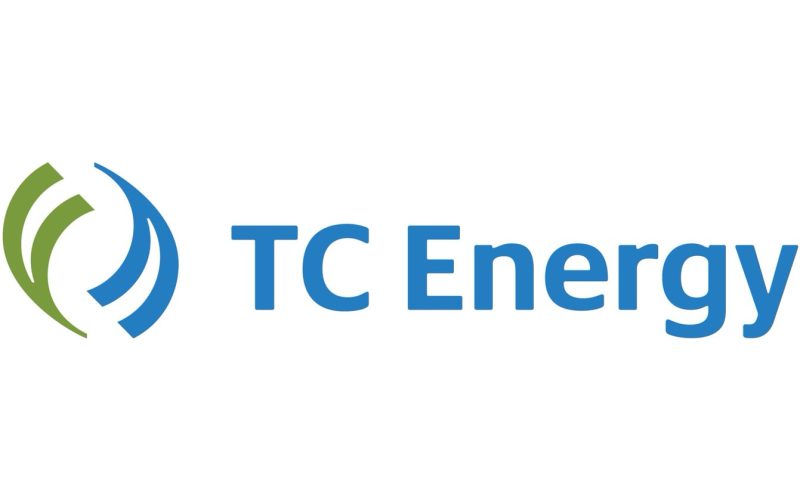SIA Charts’ relative strength rankings assist investors in identifying stocks that are outperforming their peers or index benchmarks. Outperformance typically indicates positive investor expectations for a company or sector, while underperformance can signal the opposite, which is equally significant. Last week we highlighted an Energy/Pipeline name Pembina Pipeline. Today we are going to highlight another Energy/Pipeline name exhibiting underperformance of late. To illustrate this, let’s review the shares of TC Energy Corp (TRP.TO).
TC Energy recently entered the Red Unfavored Zone in the S&P/TSX Composite Index Report on June 13, 2025, at a price of $67.35. The shares have faced significant underperformance, with a -3.11% decline over the past month, -0.36% in the quarter, and -0.83% year-to-date. This may not seem like much but, in contrast, the TSX Composite Index benchmark, TSX.I, has posted positive returns of +1.88% for the month, +14.56% for the quarter, and +9.28% year-to-date. This represents an underperformance of 14.92% over the past 3 months and 4.99% in the last month since TRP.TO’s entry in the unfavored zone. SIA’s relative strength analysis is powerful in that it doesn’t just offer valuable insights on what investments are outperforming, but also identifies which investments are underperforming so you can avoid such names and look for other opportunities. Even if you had invested in the TSX Composite Benchmark you would have still gained a valuable benefit of avoiding the name when the shares entered the unfavored zone.
In looking at the attached candlestick chart, the shares were in a strong uptrend from the Summer of 2023 up until about November of 2024. Since November the slope of the uptrend has started to flatten out with a top reached at the $69.00 in January of this year then a subtle downtrend has started to form in the last month with the shares reaching critical support level of $62.00 which the shares touched in December, February, and April of this past year.
TC Energy has also seen its relative strength deteriorate, down 7 spots in the last week, 37 spots in the last month and 105 spots in the last quarter and now sitting in the unfavored position to #154 in the SIA relative strength matrix of the SIA S&P/TSX Composite Index and slowly drifting lower, reflecting a weak trend within the broader market. The stock's beta of 0.88 indicates it may be less volatile than the overall market, but the current technical setup, along with its underperformance, could signal more challenges ahead.
Delving into the Point and Figure Chart to garner more precise support and resistance points, we see a same strong uptrend that started in June 2024 which consisted of a rising column of X’s lasting 25 boxes without even a 3 box reversal. Then since the beginning of the year we see a more sideways consolidation pattern emerge and the shares start to “peter out” with the shares finding support at $62.00 in March, followed a brief rally, then another downleg finding a floor at $63.00 followed by another brief rally and now drifting back towards that $63.00 area once again. The $62.20 to $60.98 area is a critical support area to watch to see if it holds there. If it doesn’t, next support is at $54.15. To the upside Resistance is at $70.05. With an SMAX of 5 out of 10, there isn’t much short term strength against the asset classes. TC Energy Corp operates as an energy infrastructure company, consisting of pipeline and power generation assets in Canada, the United States, and Mexico. Its pipeline network consists of over 92,600 kilometers (57,500 miles) of natural gas pipeline, along with 4,900 kilometers (3,000) miles) from the Keystone Pipeline system. The company also owns or has interests in 11 power-generation facilities with a capacity of 6,600 megawatts.
Disclaimer: SIACharts Inc. specifically represents that it does not give investment advice or advocate the purchase or sale of any security or investment whatsoever. This information has been prepared without regard to any particular investors investment objectives, financial situation, and needs. None of the information contained in this document constitutes an offer to sell or the solicitation of an offer to buy any security or other investment or an offer to provide investment services of any kind. As such, advisors and their clients should not act on any recommendation (express or implied) or information in this report without obtaining specific advice in relation to their accounts and should not rely on information herein as the primary basis for their investment decisions. Information contained herein is based on data obtained from recognized statistical services, issuer reports or communications, or other sources, believed to be reliable. SIACharts Inc. nor its third party content providers make any representations or warranties or take any responsibility as to the accuracy or completeness of any recommendation or information contained herein and shall not be liable for any errors, inaccuracies or delays in content, or for any actions taken in reliance thereon. Any statements nonfactual in nature constitute only current opinions, which are subject to change without notice.














